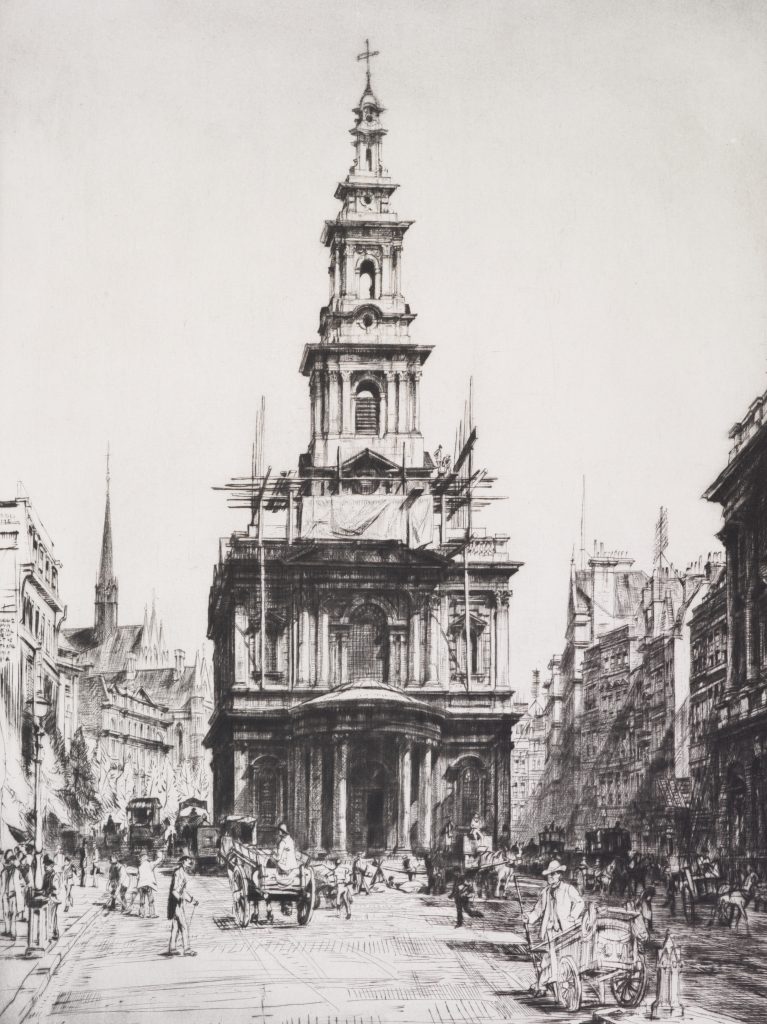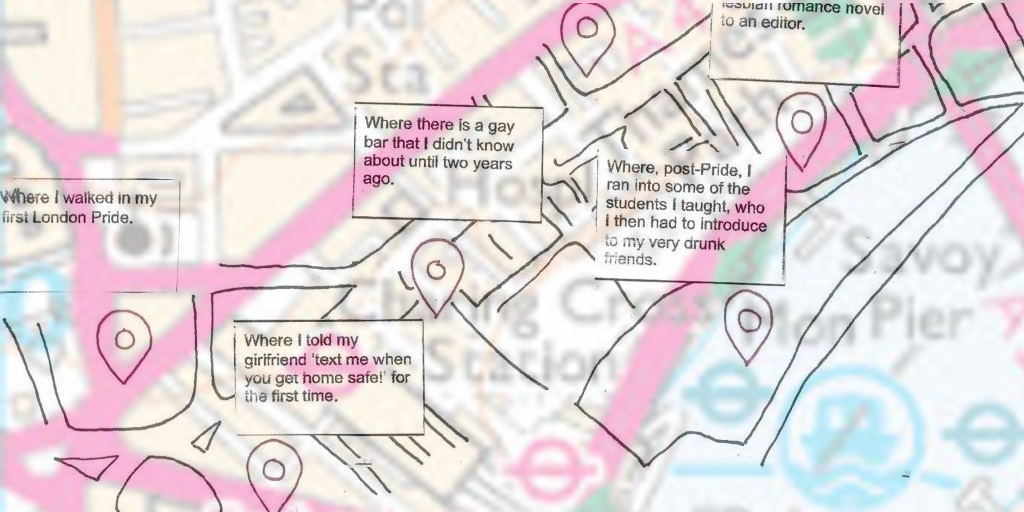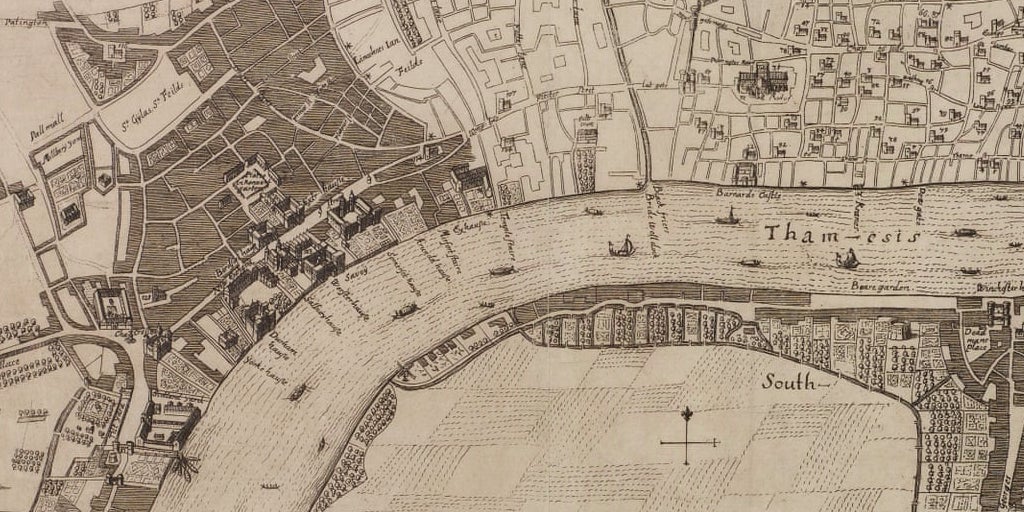Centuries
George E. Street’s Royal Courts of Justice: architectural visions of the Strand
In 1873, George E. Street began building his most visible architectural project: the Royal Courts of Justice. The project, which required eleven years of construction, became one of his last, as Street did not live to see the Courts completed in 1882. According to Street’s son, the New Law Courts project, as it was called…
Read MoreThe Island Churches of the Strand
Many King’s students have likely passed the ‘Island Churches’ of the Strand as they make the pilgrimage from Somerset House to the Maughan Library. Likewise, many Strand dwellers may recognise their spires from afar, perhaps unaware of their history. Just a few minutes walk separate St Mary le Strand, located between Bush House and the…
Read MoreSculptor John Flaxman and his wife Nancy move to 420 Strand
In the autumn of 1794, the sculptor John Flaxman and his wife Nancy returned from their seven-year stay in Rome. They lodged, temporarily, with Flaxman’s father in his house at 420 Strand, between Bedford Street and where the Adelphi Theatre would be built a little more than a decade later. His father, who moulded and sold…
Read MoreGeorge Gissing’s London: A walk from Battersea park to Trafalgar Square
Introduction George Gissing was an English novelist in the 19th century, part of the Naturalism literary movement. His books The Nether World, New Grub Street, and The Odd Women were all set in London. The latter of these is from where we draw inspiration today. The Odd Women (1893) focuses on the role of women in…
Read MoreTo the Friendship of English Speaking Peoples
February is LGBTQ+ History Month in the UK! Strandlines invites contributions from past and present Strand-dwellers, visitors, and dreamers all year round, however, we launched a call this year for contributions to mark the History Month. The story below was contributed by Tam Lin. Thank you for sharing your own ‘strand’ with us! We are…
Read MoreA Strand gay map
February is LGBTQ+ History Month in the UK! Strandlines invites contributions from all Strand-dwellers, visitors, and dreamers all year round, however, we launched a call this year for contributions to mark the History Month. The map below was contributed by Pippa. Thank you, Pippa, for sharing your own ‘strand’ with us! We are always open…
Read MoreRobert Herrick’s Love Letter to London
In 1629, Robert Herrick had to leave London to assume a post in Devonshire. Before his departure, he wrote His Tears to Thamesis to say his farewell to the city. It remarkably stands the test of time as an example of how one can feel deeply for their home. As an ex-pat of London, I…
Read MoreStrandlines by Nora Geist
February is LGBTQ+ History Month in the UK! Strandlines invites contributions from all Strand-dwellers, visitors, and dreamers all year round, however, we launched a call this year for contributions to mark the History Month. The post and photographs below were contributed by Nora Geist. Thank you, Nora, for sharing your own ‘strands’ with us! We…
Read MoreIndia Club continues their fight for survival
The India Club, at 143 Strand, is in trouble. And it’s not for the first time. First, for those who have not experienced its wonders, quick history lesson. The India Club was established in 1951, moving to its 143 Strand premises in 1964. It was the base of the India League (who organised for British…
Read MoreSpeculation and Urban Planning after the Great Fire
In the wake of the Great Fire of London (September 1666), many speculative entrepreneurs reinvented themselves as urban developers. These individuals were the major figures of the modernisation of London’s street network. Laying out regular streets over freshly-bought land and building rows of similar (if not identical) terrace houses proved the best way to maximise…
Read More









